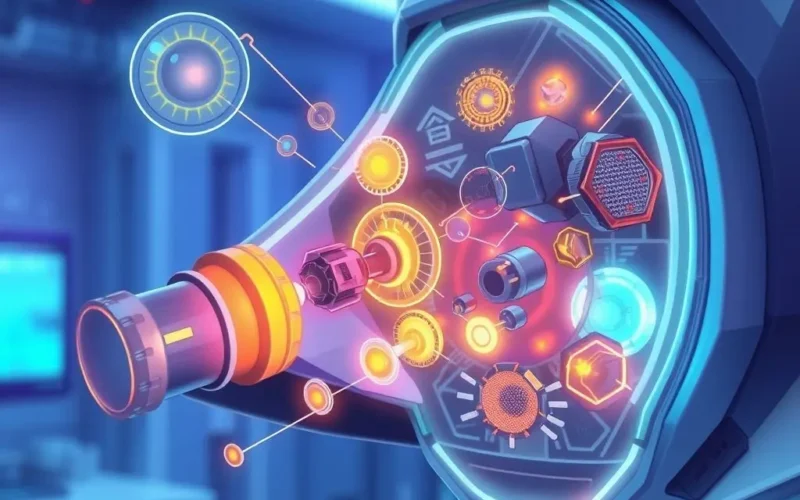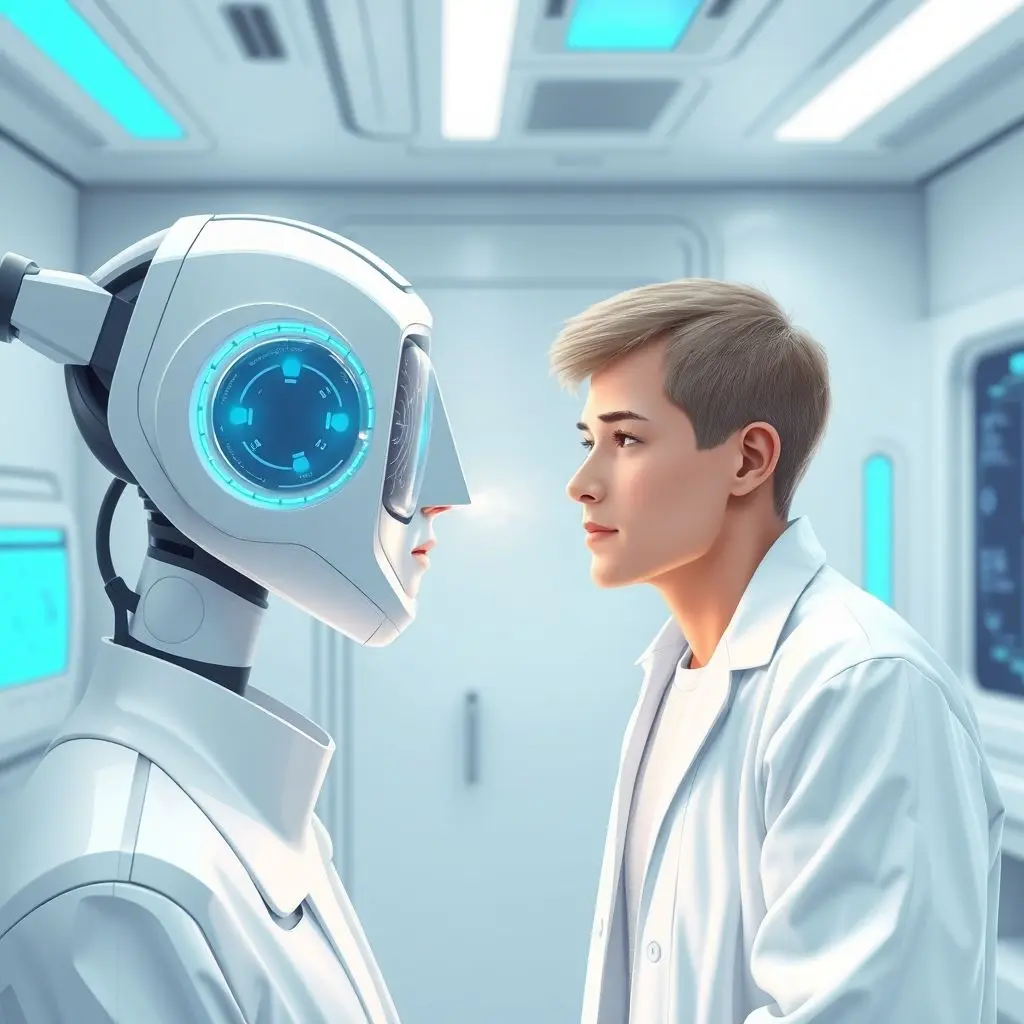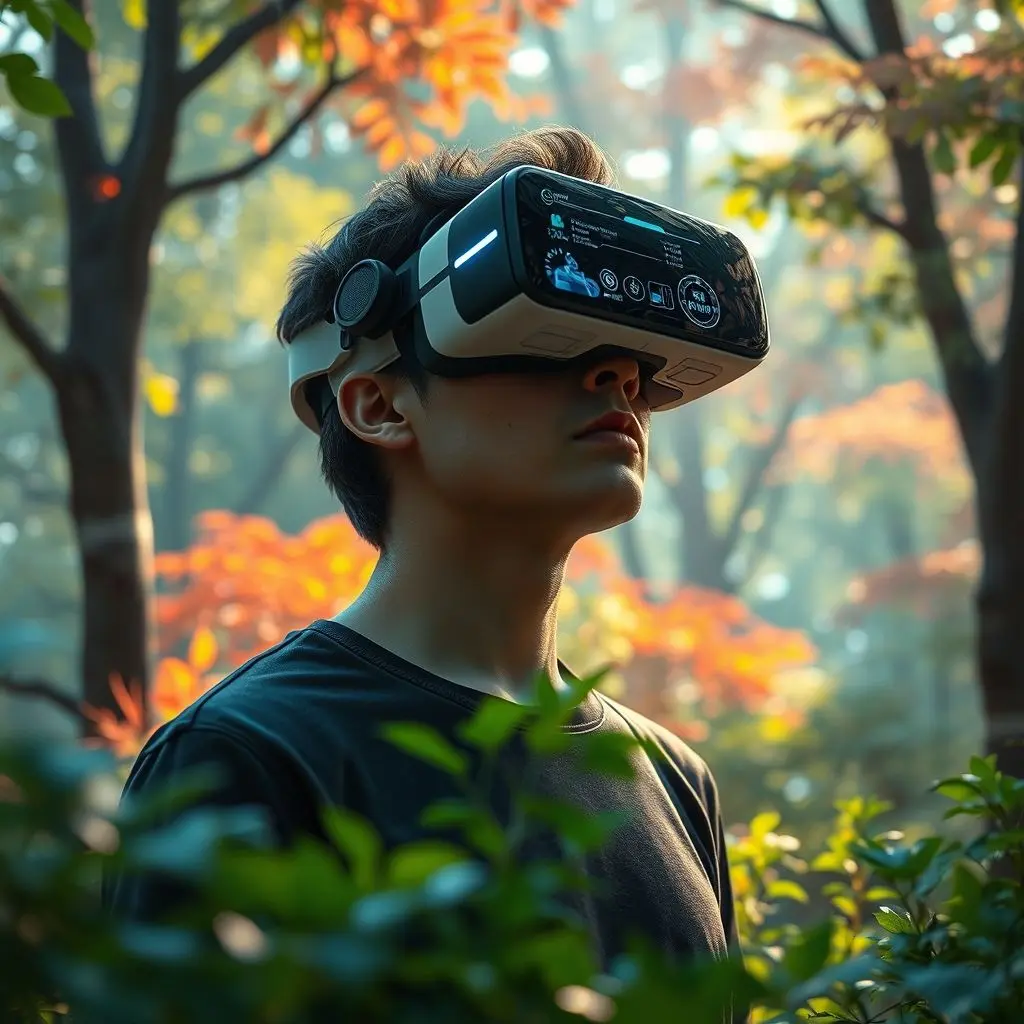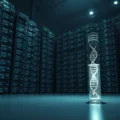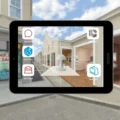Imagine a world where your devices don’t just see and hear, but can also take a deep whiff. Sounds like science fiction, right? Well, hold your breath (or perhaps, don’t!), because the digital world is rapidly gaining a sense of smell thanks to the incredible advancements in artificial intelligence and electronic sensing technology.
For decades, replicating the complex sensory input of smell digitally seemed an insurmountable challenge. Unlike light or sound, which can be measured as waves, smell is a chemical sense, triggered by interactions between volatile organic compounds (VOCs) and our olfactory receptors. But what if machines could detect and interpret these complex chemical signatures?
Table of Contents
The Dawn of the Electronic Nose
This isn’t just theoretical musing. The key players in giving AI a nose are sophisticated devices known as electronic noses, or ‘e-noses’. Think of an e-nose as an artificial olfactory system designed to detect and identify odors.
How do they work? Instead of a single type of sensor like a camera’s lens or a microphone’s diaphragm, an e-nose typically uses an array of different chemical sensors. Each sensor in the array responds slightly differently when exposed to a mix of VOCs. When a particular smell drifts by, it creates a unique ‘fingerprint’ or pattern across the entire sensor array.
This is where the magic truly begins. This raw sensor data, a complex pattern of electrical signals, is meaningless on its own. It’s not a direct label saying ‘this smells like coffee’. It’s a complex dataset that needs interpretation.
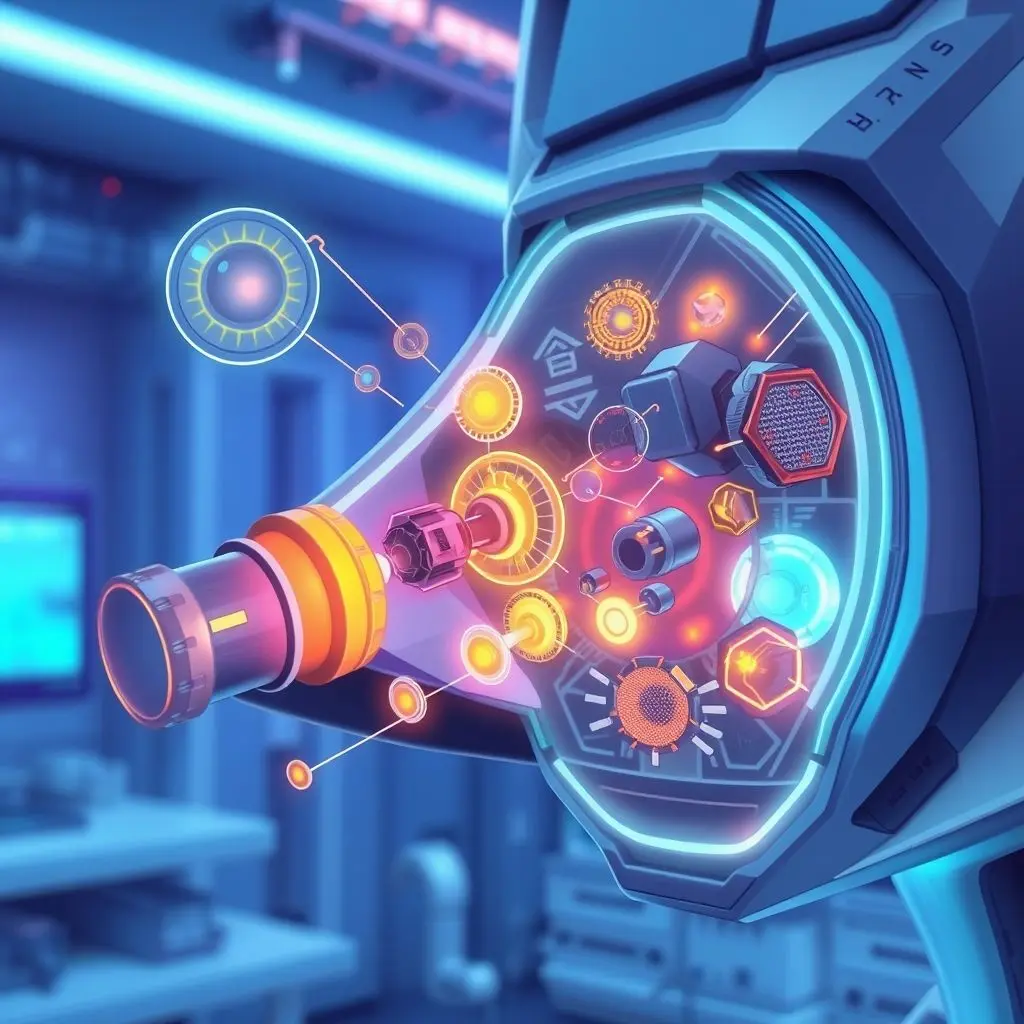
AI: The Brain That Interprets Scent Data
Processing this complex, multi-dimensional data from the sensor array requires serious analytical power. This is precisely where artificial intelligence, particularly machine learning algorithms, steps in.
The AI acts as the ‘brain’ for the e-nose. It’s trained on vast datasets of known smells and their corresponding sensor array patterns. By analyzing these patterns, the AI learns to identify specific scents, even complex mixtures, with remarkable accuracy. It can distinguish subtle differences that might even challenge a human nose.
Techniques like neural networks are particularly effective here. They can learn to recognize intricate relationships between the sensor responses and the actual identity or quality of the smell. The more data the AI is trained on, the better it becomes at sniffing out different substances.
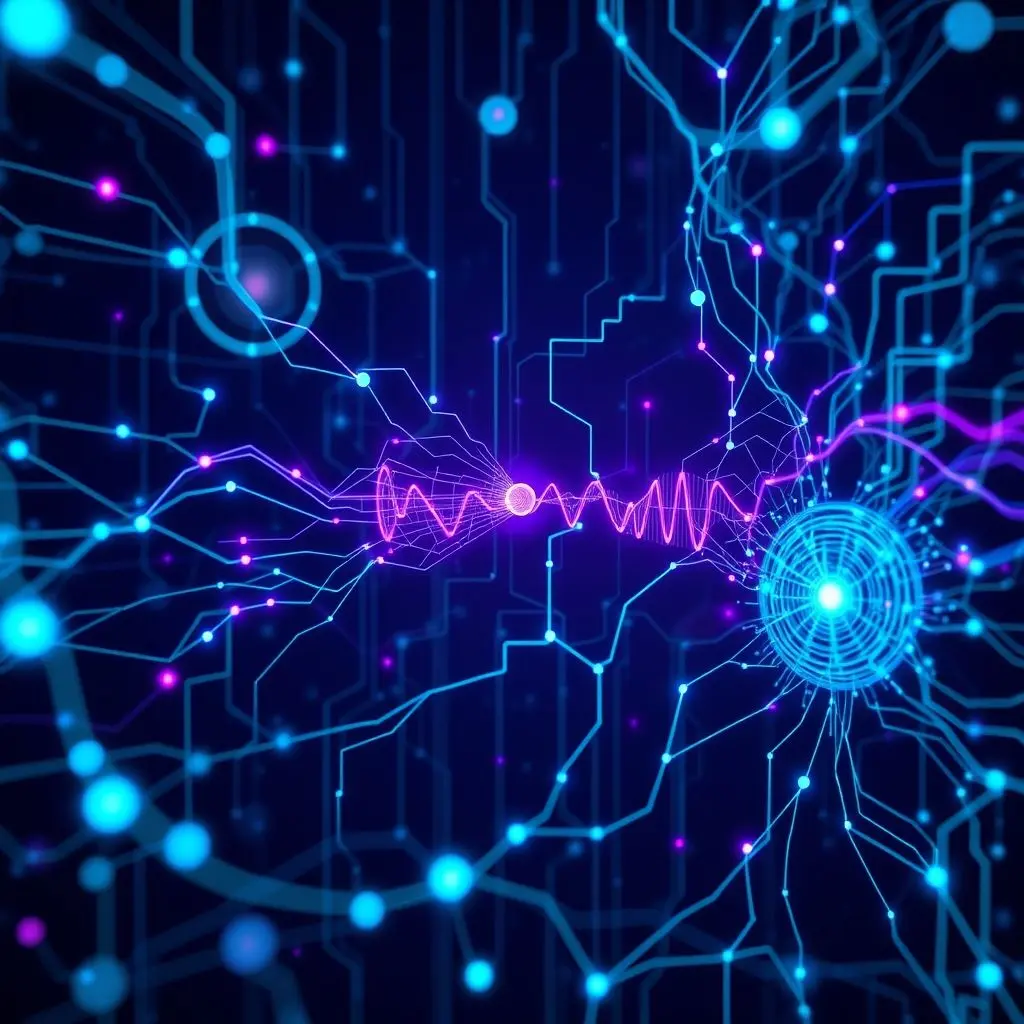
Sniffing Out Real-World Problems: Current Applications
The combination of sensitive e-noses and powerful AI isn’t confined to research labs. It’s already making tangible impacts across various fields:
Disease Detection: Our breath contains thousands of VOCs, and the profile of these compounds can change significantly when we are ill. AI-powered e-noses are being researched and developed to analyze breath samples for early detection of diseases like certain cancers, diabetes, and respiratory infections. Imagine a simple breath test that could provide immediate health insights!

Environmental Monitoring: Detecting hazardous gases, monitoring air quality in urban areas, or identifying pollutants from industrial sites are critical tasks. E-noses equipped with AI can provide continuous, real-time monitoring, identifying specific chemicals in the air faster and more accurately than traditional methods, helping to alert authorities to potential dangers.
Food and Beverage Quality Control: Assessing the freshness of produce, detecting spoilage in meat or dairy, identifying counterfeit beverages, or ensuring consistent aroma profiles in coffee or wine are areas where digital scent is proving invaluable. AI can learn the ‘signature’ of a fresh product versus one that’s starting to turn, reducing waste and ensuring safety.
Security and Safety: Detecting explosives or illicit substances at airports or border crossings is another potential application. While sniffer dogs are highly effective, they require extensive training and rest. AI e-noses could offer a tireless, standardized screening method.
Peering into the Future: The Scent of Possibility
Beyond current applications, the ability to digitize and interpret smell opens up a Pandora’s Box of futuristic possibilities:
Scent in Virtual Reality (VR) and Augmented Reality (AR): Imagine fully immersive VR experiences where you can not only see and hear a simulated environment but also smell it. Walking through a digital forest could include the scent of pine needles, or a virtual cooking class could let you smell the spices. This adds an entirely new layer of realism and engagement.

Personalized Digital Aromas: Could you one day download or stream scents? Imagine personalized air fresheners that change aroma based on your mood, smart homes that release calming scents when your stress levels rise, or even digital perfumes that you can ‘wear’ in online social spaces.
Enhanced Robotics and Automation: Robots equipped with e-noses could perform complex tasks requiring olfactory input, such as quality checks in manufacturing, hazardous material handling, or even assisting in search and rescue operations.
Scientific Research: Mapping complex natural odor landscapes, understanding animal communication through scent, or studying atmospheric chemistry could be vastly accelerated with advanced digital scent technology.
Hurdles on the Path to a Scented Digital World
While the potential is immense, bringing digital scent to widespread, everyday use faces challenges:
Sensor Standardization and Sensitivity: Creating sensor arrays that are highly sensitive, stable over time, and able to detect the vast spectrum of smells humans perceive (estimated in the trillions) is incredibly complex.
Data Complexity: Capturing and training AI models on the sheer complexity of olfactory data, which varies with temperature, humidity, and concentration, is a massive undertaking.
Replicating Nuance: Human smell is subjective and nuanced, influenced by context, memory, and personal experience. Replicating this subjective experience digitally is a significant challenge.
Cost: Advanced e-nose technology can still be quite expensive, limiting widespread adoption in consumer devices.
Curious to see a quick visual take on this fascinating tech? Check out this YouTube Short that summarizes the key points:
Frequently Asked Questions About AI and Digital Scent
Q: How accurate are electronic noses compared to human noses?
A: In specific, trained tasks (like detecting a particular chemical in a controlled environment), e-noses can often be more sensitive and consistent than human noses. However, the human nose is far better at detecting and identifying a vastly wider range of smells and interpreting complex, novel mixtures.
Q: Can AI-powered e-noses replace sniffer dogs?
A: Not entirely, at least not yet. Sniffer dogs possess an incredible biological olfactory system capable of detecting trace amounts and navigating complex environments. AI e-noses are powerful tools for specific, defined tasks but lack the versatility, mobility, and cognitive abilities of a trained animal.
Q: What diseases can potentially be detected using breath analysis with AI e-noses?
A: Research is ongoing for detecting markers associated with conditions like lung cancer, breast cancer, prostate cancer, diabetes (detecting acetone), kidney disease, and various respiratory infections. It’s important to note that this is largely still in research and development phases and not yet a standard diagnostic tool.
Q: Is digital scent technology available for consumers now?
A: Basic forms exist in air quality monitors, but sophisticated e-noses with advanced AI are primarily used in industrial, medical research, and environmental monitoring settings. Consumer-level applications, like scent integration in VR, are still largely experimental or niche.
Mapping the Olfactory Future
The journey to give machines a sense of smell is one of the most exciting frontiers in AI and sensor technology. By translating the invisible world of airborne chemicals into digital data, we are unlocking unprecedented capabilities in monitoring our health, our environment, and the quality of the products we consume. While challenges remain, the rapid pace of innovation suggests that the future smells… digital. Get ready for a world where your devices can take a virtual whiff, opening up sensory experiences we can only begin to imagine today.
